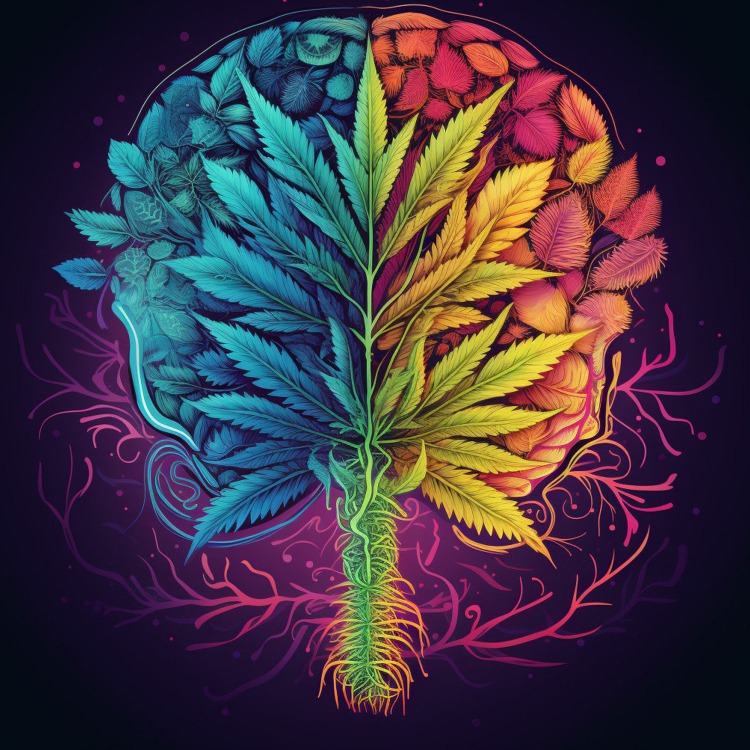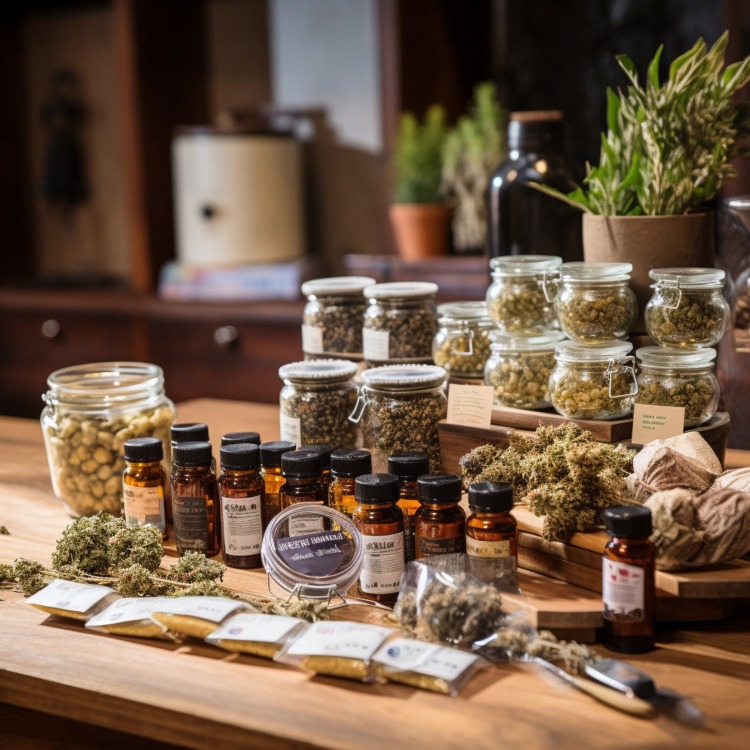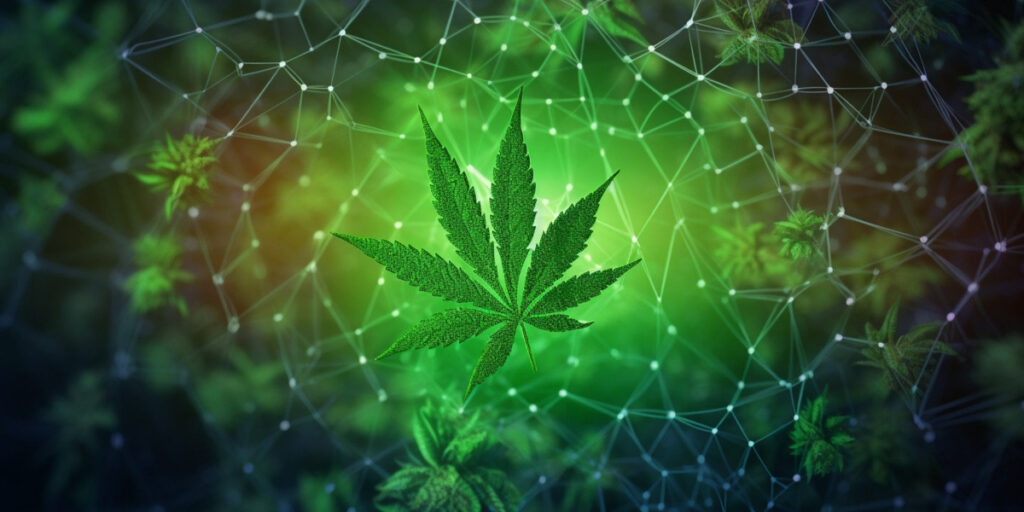You’re here because you’re curious about cannabis and cannabinoids. You’ve come to the right place! In this piece, we’ll unravel the mystery around these compounds.
We’ll cover everything from their medicinal use to ongoing research. By the end, you’ll be well-informed and ready to make your own decisions.
So, sit back, relax, and let’s dive into the intriguing world of cannabis and using cannabinoids.
Welcome to ‘Cannabis and Cannabinoids: This Is the Deal’.
Key Takeaways
- Cannabis refers to all products derived from the Cannabis sativa plant and contains approximately 540 chemical substances.
- THC and CBD are the main cannabinoids found in the cannabis plant, with over 100 other cannabinoids identified.
- The FDA has approved drugs containing individual cannabinoids for medical use, such as Epidiolex, Marinol, Syndros, and Cesamet.
- The medical use of cannabis and cannabinoids has been found to be helpful in treating certain rare forms of epilepsy, alleviating nausea and appetite loss associated with cancer chemotherapy and HIV/AIDS, and providing modest benefits for chronic pain and multiple sclerosis symptoms.
Understanding Cannabis and Cannabinoids

In the realm of natural remedies, you’ll find cannabis and cannabinoids at the forefront, with their diverse range of chemical substances and therapeutic uses. Derived from the Cannabis sativa plant, these substances interact with your body’s cannabinoid receptors, leading to a myriad of effects.
CBD, a key player among medical cannabinoids, has piqued interest due to its therapeutic use without the ‘high’ associated with the cannabis plant. From soothing chronic pain to reducing anxiety, CBD’s application is vast.
Yet, the world of cannabis and cannabinoids is complex and often misunderstood. It’s crucial to understand their workings, potential benefits, and risks.
As we delve deeper, we’ll next tackle the legality of THC and CBD, an issue that stirs a lot of debate.
Medical Applications of Cannabis

Now that you’re familiar with the legality of THC and CBD, let’s delve into the various medical applications of cannabis. You might be surprised to learn how cannabinoids are making waves in the world of medicine.
The therapeutic use of cannabis sativa is being explored for a wide array of conditions, from chronic pain to epilepsy. Studies on the effects of cannabis and cannabinoids are proving promising, showing potential for effective treatment options. So, when we talk about the medicinal use of cannabis, we’re not just blowing smoke! There’s real potential here for cannabinoids in medicine.
However, it’s crucial to remember that these treatments aren’t one-size-fits-all. The effects can vary significantly between individuals.
The journey to understanding the medical applications of cannabis is just beginning. Are you ready to join the ride?
Research on Specific Health Conditions

Diving deeper into your understanding, let’s explore the research conducted on the effectiveness of cannabis and cannabinoids for specific health conditions.
A systematic review and meta-analysis have shown promising results for the medical use of cannabis and cannabinoids. Particularly, effects of cannabinoids in patients struggling with chronic pain, multiple sclerosis, and certain forms of epilepsy have been noteworthy.
Medicinal cannabis, with its known therapeutic benefits, is also being considered for the treatment of cannabis use disorder. However, the use of cannabis isn’t a one-size-fits-all remedy. Its effects vary widely among individuals.
As we journey further into the world of cannabis, it’s important for you to be aware of the potential risks associated with its use, which we’ll delve into next.
Risks Associated With Cannabis Use

You need to be aware that, despite the potential benefits, cannabis use also carries several risks and potential harms.
Diving into the world of cannabis and cannabinoids, it’s essential to consider the adverse effects. Like any substance, cannabis use can lead to psychoactive effects, which mightn’t be your cup of tea.
Besides, the health effects of marijuana can be severe, leading to conditions like cannabis use disorder, a type of addiction medicine often addresses.
So, while the safety of cannabis and cannabinoids is a hot topic, it’s crucial to remember there’s no free lunch. The thrill can come with a bill.
Therapeutic Effects of Cannabinoids

Despite some risks, there’s a significant number of therapeutic benefits that cannabinoids can offer to your health. As we delve into the therapeutic effect of cannabinoids, consider this:
- Cannabinoids for treatment of chronic pain have shown promising results.
- The use of cannabinoids can mitigate the effects of chemotherapy, such as nausea and vomiting.
- Medicinal cannabinoids have shown potential in managing epilepsy and multiple sclerosis.
- Compelling evidence suggests cannabinoids are effective in treating anxiety and insomnia.
In evaluating cannabinoids for treatment, it’s evident they hold potential. However, more research is needed to fully understand the extent of their benefits and risks.
Now, let’s rewind a bit and delve into the history of medicinal cannabis.
The History of Medicinal Cannabis

Before we delve any further into the therapeutic effects of cannabis, let’s take a moment to explore its rich history as a medicinal plant. You see, the use of cannabis isn’t a new-age trend. This plant has been intertwined with medical practices for millennia.
It’s been used as a medicine in various cultures, long before it was coined ‘medical cannabis.’ The history of medicinal cannabis is as rich and varied as the plant itself. The journey of cannabis-based medicine has seen many ups and downs, but its potential medicinal properties have always provoked curiosity.
Today, as you use cannabis, remember that you’re participating in a tradition that spans centuries. You’re part of a community that values the therapeutic power of this ancient plant.
Availability and Forms of Cannabis Products

While you might be aware of cannabis’ medicinal properties, it’s also important to understand the various forms and availability of cannabis products on the market. The use of cannabis and cannabinoids has evolved, with varied products now available to cater to different needs.
- Smokable Cannabis: This is the traditional form of marijuana use, often associated with recreational use but also utilized for medicinal purposes.
- Edibles: These are food products infused with cannabinoids, offering a discreet and smoke-free alternative.
- Tinctures and Oils: These medical cannabis products are often used for precision dosing and can be added to food or drinks.
- Topicals: These are creams or lotions infused with cannabis or cannabinoids, used to address localized pain or skin conditions.
Understanding these forms can help you make informed decisions about your health.
Frequently Asked Questions
What Are the Long-Term Effects of Cannabis and Cannabinoid Use on Mental Health?
Long-term cannabis use can increase your risk of developing mental health issues, like schizophrenia, especially if you’re predisposed. Remember, moderation’s key and always consult your doctor about any concerns you have.
Can Cannabis or Cannabinoids Interact With Other Medications?
Yes, cannabis and cannabinoids can interact with other medications. It’s crucial to talk with your doctor before mixing these substances. They’ll ensure you’re safe and not unintentionally increasing possible side effects.
How Does the Potency of THC in Cannabis Plants Today Compare to the Potency Several Decades Ago?
You’ve hit on something interesting. The potency of THC in cannabis plants has indeed increased significantly compared to several decades ago. It’s a major factor to consider when discussing the effects and safety of use.
Are There Any Ongoing Clinical Trials Studying the Potential Uses of Cannabis and Cannabinoids?
Yes, there are ongoing clinical trials studying potential uses of cannabis and cannabinoids. They’re exploring treatments for conditions like epilepsy, pain, and cancer. You’re part of a community eagerly awaiting these groundbreaking discoveries!
What Are the Environmental Impacts of Large-Scale Cannabis Cultivation?
Large-scale cannabis cultivation impacts the environment significantly. It’s water-intensive, can lead to deforestation and soil degradation, and pesticides used may harm wildlife. You’re part of the solution when you opt for sustainably-grown products.
Conclusion
So, there you have it – the real deal on cannabis and cannabinoids. They’re fascinating, complex, and hold enormous medical potential. But, it’s vital to remember they come with risks too.
Whether you’re considering medical cannabis or just curious, it’s crucial to stay informed and make wise decisions. Dive deeper, question more, and always chat with a health professional before starting any new treatment.
The world of cannabinoids is vast and intriguing – don’t stop exploring now!







